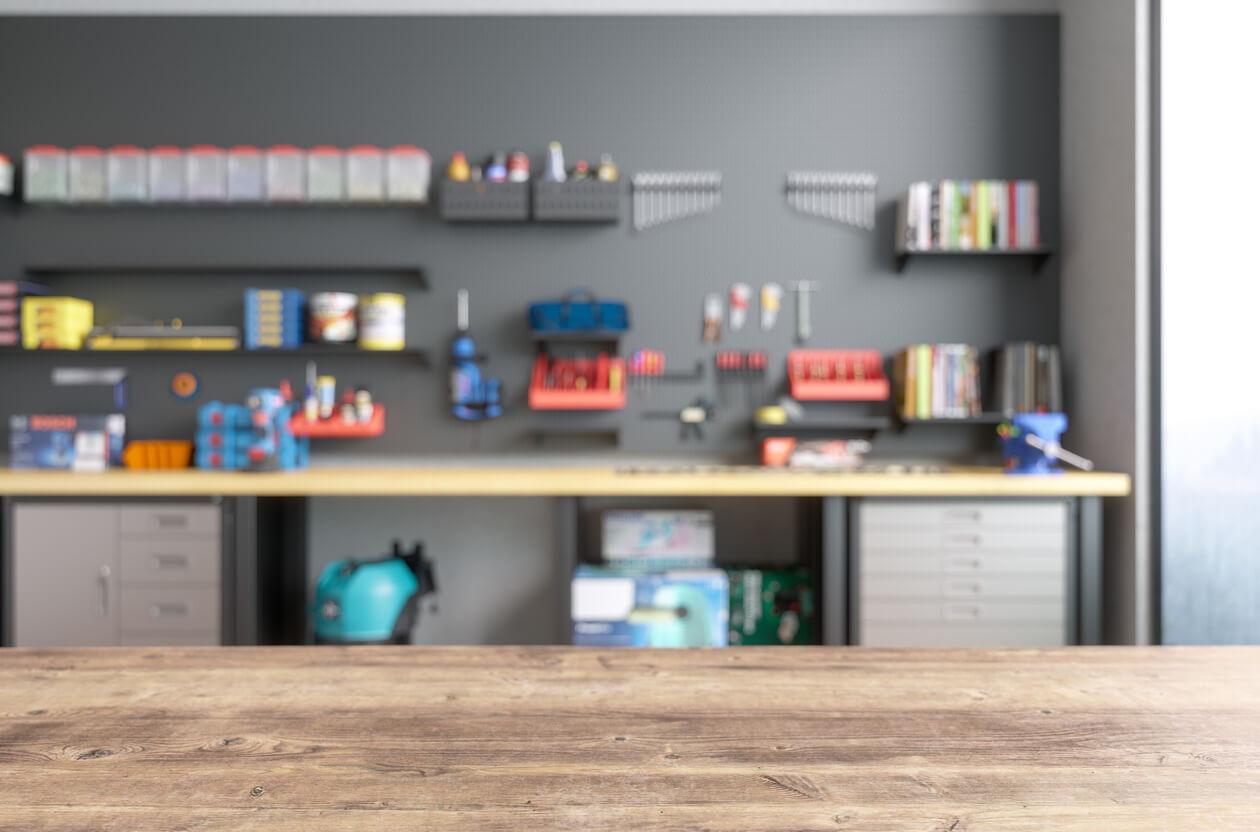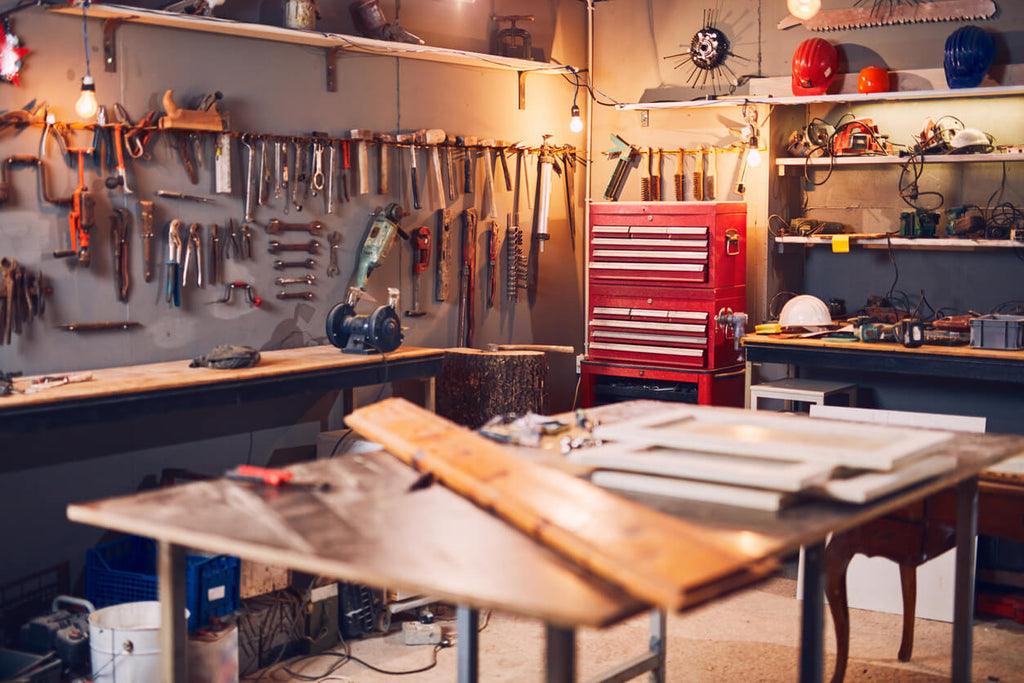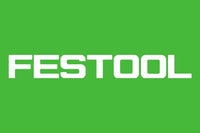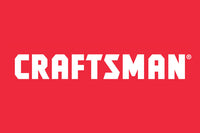Täglicher Bestellschluss um 14:00 Uhr

10 Workshop Organisationsideen
Als jemand, der früher Vollzeit als Ingenieur gearbeitet hat, habe ich unzählige Stunden in verschiedenen Werkstätten verbracht und mich mit allem von winzigen, präzisen Komponenten bis hin zu großen, unhandlichen Geräten beschäftigt. Im Laufe der Jahre habe ich gelernt, dass eine gut organisierte Werkstatt nicht nur darum geht, alles schön aussehen zu lassen; sie ist ein grundlegender Aspekt für effizientes und sicheres Arbeiten.
In diesem Beitrag teile ich einige Ideen zur Workshop-Organisation, die für mich funktioniert haben, damit Sie Ihren Arbeitsplatz für maximale Produktivität optimieren können.
Lass uns eintauchen!
Bewertung und Planung
Arbeitsbereich bewerten
Bevor Sie beginnen, sollten Sie mit einer gründlichen Bestandsaufnahme Ihres Arbeitsplatzes starten. Einfach ausgedrückt, identifizieren Sie, was gut funktioniert und was nicht. Berücksichtigen Sie Platzbeschränkungen, die Zugänglichkeit von Werkzeugen und wie oft Sie bestimmte Geräte verwenden.
Das Verständnis der Stärken und Schwächen Ihrer aktuellen Einrichtung ist der erste Schritt zur Optimierung.
Workflow bestimmen
Als Nächstes möchten Sie Ihren typischen Arbeitsablauf analysieren. Welche Werkzeuge verwenden Sie am häufigsten? Welche Aufgaben führen Sie regelmäßig aus?
Das Organisieren Ihrer Werkstatt, um Ihren Arbeitsablauf zu ergänzen, kann die Effizienz erheblich steigern - zum Beispiel können Sie Ihre am häufigsten verwendeten Werkzeuge in Reichweite platzieren und weniger häufig verwendete Gegenstände außer Sichtweite, aber dennoch zugänglich aufbewahren.
Werkzeug- und Geräteorganisation

Shadow Foam
Für jeden erfahrenen Handwerker ist eines der ersten Dinge, in die Sie für die Werkzeugorganisation investieren sollten, Shadow Foam; diese Schaumeinsätze verwenden ein zuschneidbares Design, das es Ihnen ermöglicht, perfekt dimensionierte Schlitze für jedes spezifische Werkzeug zu erstellen, egal ob Sie Schubladen, eine Werkzeugwand, Werkzeugkästen oder einen Van-Rack verwenden.
Shadow Foam schützt nicht nur Ihre Werkzeuge vor Beschädigungen, sondern reduziert auch erheblich die Zeit, die Sie mit der Suche nach ihnen verbringen - wer möchte schon eine halbe Stunde damit verbringen, in einem staubigen Werkzeugkasten zu wühlen, nur um festzustellen, dass Ihr meistgenutzter Schraubendreher fehlt!?
Kennzeichnung und Colour-Codierung
For easy access and a simple organisation hack, make use of labelling and colour coding. At Shadow Foam, we offer our foam inserts in a range of different colours, so you can organise your tools according to type of use, frequency of use, or even size.
With an easy-to-navigate colour-coded system in place, not only will you find things quickly, but you’re also ensuring everything has its place - this makes it easier to maintain organisation and quickly spot when something is missing.
Lagerlösungen
Werkzeugwände
Wenn Sie Platz auf dem Boden sparen möchten, nutzen Sie den vertikalen Raum mit einer Werkzeugwand. Eine Werkzeugwand sieht nicht nur fantastisch aus, sondern wenn Sie sie mit Shadow Foam kombinieren, können Sie jedes Werkzeug leicht finden (oder ein fehlendes entdecken) in nur wenigen Sekunden.
Plus können Sie Ihre Speicherkapazität erheblich erhöhen, ohne Ihre Werkstatt zu überladen.
Rollwagen
Wenn Sie beim Arbeiten an Projekten viel umherbewegen, kann ein Rollcontainer eine vielseitige Aufbewahrungslösung sein; sie sind ideal zum Lagern von Werkzeugen und Geräten, die Sie in verschiedenen Bereichen Ihrer Werkstatt verwenden könnten, und sicherer, als teure, schwere Werkzeuge von A nach B zu tragen.
Schubladenorganisatoren
Schubladenorganisatoren sind eine weitere großartige Option, um zu verhindern, dass Werkzeuge durcheinander geraten - vorausgesetzt, Sie halten sie organisiert! Mit Shadow Foam anpassbaren Schaumeinsätzen - die einfache Vorteile von Schneiden und Schälen - Sie können Ihre Schubladen anpassen, um spezifische Werkzeuge unterzubringen, sodass sie sowohl gut geschützt als auch leicht zu finden sind.
Arbeitsplatzlayout

Effiziente Arbeitsplatzplatzierung
Sie sollten auch über die Umgebung nachdenken, in der Sie arbeiten, und wie Sie den Raum optimieren können.
Sie können dies tun, indem Sie Ihre Arbeitsstationen so anordnen, dass sie den Arbeitsablauf ergänzen; platzieren Sie Geräte, die in aufeinanderfolgenden Aufgaben verwendet werden, nahe beieinander, um die Bewegung in der Werkstatt zu minimieren und Zeit und Energie zu sparen.
Gut definierte Werkbänke
Ein weiterer hilfreicher Tipp ist, sicherzustellen, dass jede Werkbank einen klaren Zweck hat: ob für Montage, Reparatur oder Test, stellen Sie sicher, dass alle notwendigen Werkzeuge und Geräte in Reichweite sind.
Berücksichtigen Sie höhenverstellbare Bänke für Aufgaben, die am besten im Stehen oder Sitzen erledigt werden.
Angemessene Beleuchtung
Gute Beleuchtung ist in jeder Werkstatt unerlässlich, insbesondere wenn Sie in einer Garage ohne natürliches Licht arbeiten.
Stellen Sie sicher, dass die Werkbänke gut beleuchtet sind - idealerweise mit verstellbarer Beleuchtung - um verschiedene Aufgaben zu berücksichtigen und die Augenbelastung zu reduzieren.
Materialorganisation
Lagerbehälter und -boxen
Um die Dinge ordentlich zu halten, können Sie Aufbewahrungsboxen und -behälter verwenden, um kleinere Materialien und Komponenten zu organisieren.
Klare, beschriftete Behälter können helfen, sowohl Zeit zu sparen als auch den Verlust oder die Fehlplatzierung von kleinen Teilen zu verhindern, die unglaublich schwer zu finden sind, wenn sie verloren gehen.
Rohstofforganisation
Je nachdem, wofür Sie Ihre Werkstatt nutzen, möchten Sie möglicherweise auch Platz für Rohmaterialien einplanen.
Organisieren Sie sie nach Typ und Größe und führen Sie ein Inventar, um zu verfolgen, was Sie auf Lager haben - dies hilft bei der Planung von Projekten und stellt sicher, dass Ihnen keine notwendigen Materialien ausgehen.
Sicherheit und Sauberkeit
Es ist auch eine gute Idee, sicherzustellen, dass Ihre Werkzeuge alle zugänglich und deutlich gekennzeichnet sind. Überprüfen Sie regelmäßig die Vorräte und füllen Sie diese nach Bedarf auf.
Regelmäßige Reinigungsroutine
Endlich ist es wichtig, die Sauberkeit mit einer regelmäßigen Aufräumroutine aufrechtzuerhalten. Eine ordentliche Werkstatt ist sicherer und angenehmer zum Arbeiten, außerdem trägt eine gut organisierte Werkzeugkiste oder Werkzeugwand erheblich dazu bei, die Lebensdauer Ihrer Werkzeuge und Geräte zu verlängern.
Die Quintessenz
Letztendlich kann die Umsetzung dieser Ideen zur Workshop-Organisation zu einem effizienteren, sichereren und angenehmeren Arbeitsumfeld führen - und nehmen Sie es von jemandem, der es weiß, Organisation ist keine einmalige Aufgabe, sondern ein fortlaufender Prozess!
Für weitere Ideen zur Organisation Ihrer Werkzeuge, schauen Sie sich unser Werkzeugorganisator Lösungen bei Shadow Foam, die sowohl die Funktionalität als auch die Effizienz Ihres Arbeitsplatzes erheblich verbessern können.



















 Kostenloses Schneideset bei qualifizierten Bestellungen
Kostenloses Schneideset bei qualifizierten Bestellungen
 Über 4.000 positive Bewertungen
Über 4.000 positive Bewertungen
 Mehr als 500 Videos auf YouTube
Mehr als 500 Videos auf YouTube
 Unterstützung in Großbritannien
Unterstützung in Großbritannien